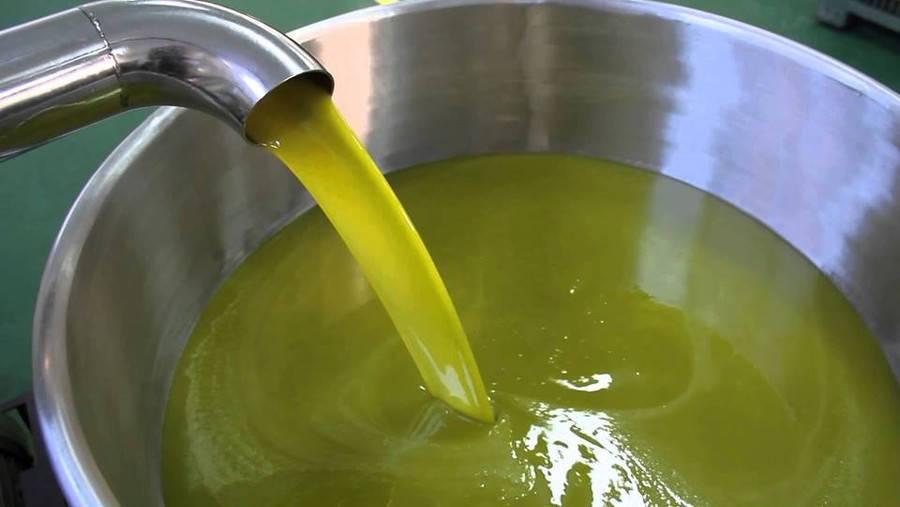
Centrifuge and extraction
- Post author:Guest-admin
- Post published:September 5, 2024
- Post category:Approfondimenti EN
In the production of extra virgin olive oil (EVO), the centrifuge phase represents a key moment to obtain oil of the highest quality. After crushing, the resulting olive paste is subjected to the centrifuge, a process that uses centrifugal force to separate the different components of the paste, based on the density differences between oil, water, and solids.
How Does the Centrifuge Work?
In modern centrifuges, the olive paste is placed in a drum that spins at high speed. Thanks to centrifugal force, the less dense oil separates from the other components and is collected in dedicated tanks. This extraction method is highly efficient and allows for the production of superior quality oil, preserving its organoleptic characteristics to the maximum.
Extraction Techniques: Choosing the Right Method
There are mainly two oil extraction techniques: pressing and centrifuge extraction (also known as cold extraction).
- Pressing Extraction: This traditional method uses presses to separate the oil from the olive paste. Although it is a historic system, it can expose the oil to oxidation and contamination, negatively affecting the final quality.
- Centrifuge Extraction (Cold Extraction): Today, most high-quality EVO oils are extracted using cold centrifugation. This method, which does not exceed 27°C, better preserves the aromas, polyphenols, and vitamins found in olives, resulting in a fresh-tasting oil with superior nutritional properties.
The Importance of Temperature in Extraction
During the extraction of EVO oil, maintaining a low temperature is crucial to preserving quality. High temperatures can alter aromatic compounds and reduce the natural antioxidant content, such as polyphenols. Cold extraction, keeping the temperature below 27°C, ensures a final product that retains all the beneficial properties of olive oil.






